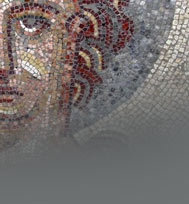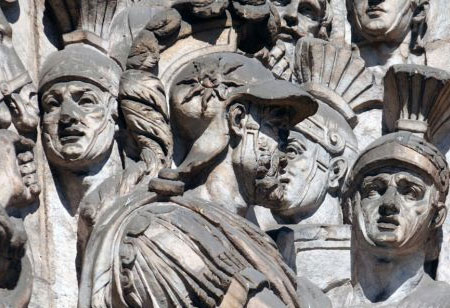


From its start, Ancient Rome was ruled by kings. There were seven kings before the first Emperor emerged in Ancient Rome. During the time of the kings of Ancient Rome, the people called for a change. The people of Rome were tired of the king’s monarch rule and abusive behavior. The system of the kings only met the needs of the current ruler and advisors knew things had to be modified. Although not all kings were self-serving, the system of some of the kings left the people wanting more. The advisors knew that if the citizens were not happy, they might overthrow the Roman government and ruler which could destroy the Empire. The advisors were wise enough, and a bit unhappy with their king system as well to understand that a change had to occur for Ancient Rome to prosper and grow. The people soon took charge and thus began the Roman Republic. This is when the first Emperor of Ancient Rome emerged.
As the first Emperor took power, so did the Ancient Roman Republic.
If a person was given the title Emperor, this meant he was declared
Augustus or Imperator. Power was given to Ancient Roman rulers
through the Senate or military. It should be noted that Emperors did
not like the title “king” as they were serving a Republic, one that
developed because people were unhappy with king rule. The Ancient
Roman Republic was an evolving system created to ensure that no
ruler would have absolute unyielding power. The Emperor and Republic
also helped to maintain checks and balances within the government.
Although the system of having an Emperor was still a monarch type
rule, the government and citizens had a say now and were able to
determine many issues by using their power to vote. Although the
system was obviously not perfect, many significant feats were made
because of this new system. Emperors continued ruling Ancient Rome
during the imperial period until its decline and fall, five hundred
years later.